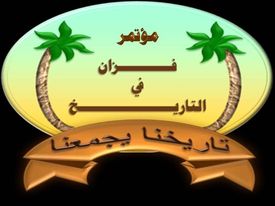The Health conditions in Fezzan through observations of travelers in the nineteenth century
Main Article Content
Abstract
The health statue triangle in Fezzan region is the reflect to the geographic conditions, and the situational, historical, political, economic and social privacy. thus , the region is characterized with a wide area, it was from the diddle of Tripoli state and south that has a major importance link with Tripoli state centers and north Europe, and the south of Sudan in the nineteenth century in contrast with the European scouting efforts to the insides of African continent. Fezzan was an important pure article by bits healthy history. Through the witness of the most of European voyagers who were already a medical staff. Others hided that they belong to the staff to ease the official mission that s/he was sent for, regarding to the continent which the source article had about foreign /Arabs voyagers diaries about Fezzan , several questions arouses . How were the health conditions in nineteenth century? Did the local/folk medicine and the Fezzan government contribute in curing epidemic treatment and diseases, and what are the reasons? This research paper is divided into four sections, at first , a concise historical geographic background to show Fezzan borders in nineteenth century . secondly , the social, economic , political and geographic efforts on the health statue in Fezzan. Thirdly , the common diseases in Fezzan in the nineteenth century and the ways to cure them, finally, Fezzan power treatment efforts in the nineteenth century.
Downloads
Article Details
Plagiarism policy
Sebha University Journal respects intellectual property and aims to protect the original work of authors applying for publication. In general, the laws of the magazine are inconsistent with scientific articles that contain stolen materials and are not bound by the standards of quality, research and innovation. Applicants for publication to the journal must adhere to ethical standards and refrain from plagiarism in any way. In the event that any plagiarism or scientific theft of an article submitted for publication is found, the journal will contact the author to provide their interpretation within two weeks of its date, after which it will be referred to the relevant committees formed for this purpose to take strict measures. about that. In general, the journal’s license allows the citation of the content published on its website and the download of all files.




